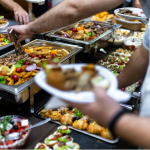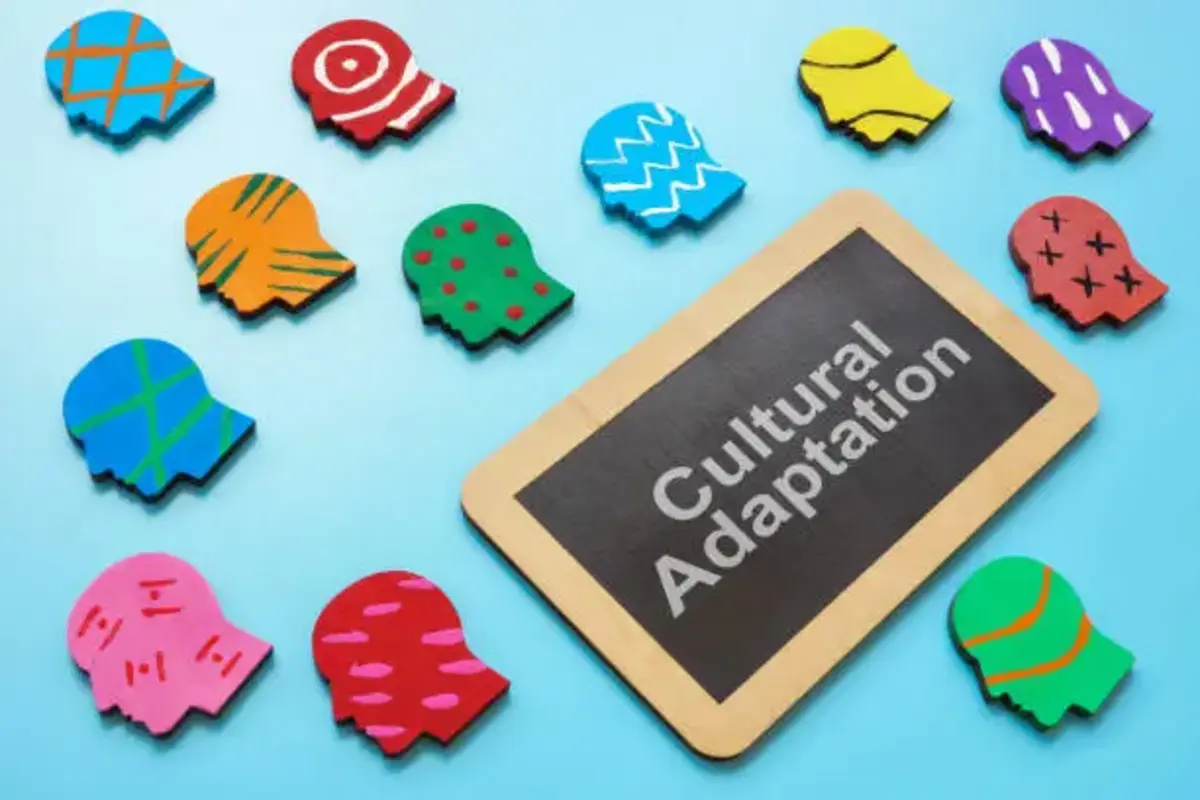Giniä is a word that may be unfamiliar to many, but it holds a world of history, culture, and flavor. This fascinating word encompasses more than just a product or a custom; it encompasses a way of life rooted in tradition and community. Take this journey and you’ll discover that Giniä is deeply connected to diverse cultures around the world. From its origins, deeply rooted in ancient customs, to its vibrant presence in modern celebrations, Giniä is more than just a name. It is a celebration of tradition and identity that continues to evolve today. Let’s delve into Giniä’s fascinating history and discover why it is so important in diverse societies.
Origins of Giniä: A Historical Overview
Giniä is a rich historical fabric intertwined with diverse cultures. Its roots date back to ancient civilizations, and it has often been associated with rituals and social gatherings.
Archaeological evidence suggests that Giniä originated in a region known for its vibrant traditions. Early records describe Giniä as an integral part of local festivities and a symbol of unity and celebration.
Giniä has evolved over the centuries. It has maintained its unique identity while being influenced by neighboring societies. This adaptability has allowed it to thrive in different regions.
As trade routes expanded, so did its popularity. Traders played a key role in spreading this cultural gem beyond its original borders and ensuring it took root deeply in the hearts of many communities around the world.
Giniä’s history shows not only its origins but also how its culture has changed and thrived over time.
Understanding the Cultural Significance of Giniä
Giniä is more than just a traditional dish. It is a rich cultural and community fabric. For many, it represents traditions that unite generations through shared recipes and stories.
In every region, Giniä plays a central role in community events. As a centerpiece of family celebrations, it often symbolizes unity and togetherness. Its preparation can be considered a ritual that strengthens the bond between loved ones.
Giniä is also an expression of identity. Different communities have adapted the ingredients and preparation methods of it to local customs and available resources. This adaptability demonstrates the creativity inherent in cultural practices.
Giniä festivals celebrate not only the dish but also its history. These events include vibrant displays of music, dance, and culinary art that honor tradition and bring a new interpretation to modern life.
The Many Forms and Variations of it
Giniä comes in a variety of forms, each with its own unique characteristics, but with the same cultural essence. Traditional Giniä is often a ceremonial dish made with local ingredients that reflect the regional flavor.
In some regions, it is presented as a dessert, incorporating spices and fruits. This variation highlights the creativity of the region’s produce and cuisine.
Another popular style is Giniä served as street food. It’s quick to prepare and easy to transport, making it popular with city dwellers seeking convenience without sacrificing flavor.
Some cultures have also adopted a modern approach. Fusion cuisine incorporates international elements without sacrificing traditional cooking methods.
Each dish has a story about its origins and the people who appreciate it. Exploring this diversity allows us to better understand the richness of different cultural contexts.
How to Prepare and Enjoy it in Today’s World
Making Giniä at home is easier than you think. Start by gathering fresh ingredients that suit your taste. You can use any ingredients you like, such as herbs, spices, or fruits.
First, place the selected ingredients in a suitable container. Add water to extract the aromas. The longer you let it steep, the more intense the flavor will be.
After infusing, strain it into a glass with ice. Add a splash of tonic or sparkling water for a refreshing taste.
To fully enjoy this wine, it’s best to pair it with light appetizers such as cheese and olives. This balance will enhance its unique flavor.
Don’t forget to serve it! Garnish with fresh herbs and citrus slices to make it even more beautiful and a pleasure to share.
Giniä is more than just a drink. Today it’s a special experience to enjoy with friends and family. So gather around and savor every sip!
Celebrating Giniä: Festivals and Traditions
Giniä is more than just a cultural heritage. It is a center of vibrant festivals and traditions that unite the community. Each festival expresses the powerful spirit of its origins.
A highlight is the Giniä Festival. Locals gather to celebrate their traditions. Colorful parades fill the streets, and traditional music and dance performances highlight the region’s rich history. Families often wear elaborate costumes that embody the essence of their culture.
Food also plays an important role in these celebrations. Giniä n dishes are shared with friends and family, symbolizing unity and connection. Recipes vary from region to region but always reflect local tastes.
In addition, these festivals also include storytelling sessions. Elders tell stories about the significance of Giniä, helping younger generations understand its importance in shaping the community’s identity. The atmosphere is filled with creativity and joy at this time of year.
Conclusion
Giniä is a rich tapestry of history, culture, and culinary delights. Its origins are deeply rooted in tradition and reflect the values and beliefs of those who have cherished it for generations. Understanding its significance deepens the understanding of the community that celebrates it.
Its many forms and variations highlight its versatility. Each interpretation adds its own touch, allowing everyone to enjoy this wonderful dish in their own way. Whether you prefer traditional recipes or innovative interpretations, there are a wide variety of options.
Giniä is present not only on the table but also at festive gatherings and traditional events. Celebrations around this dish bring people together and strengthen community ties while respecting cultural heritage.
Today, as more people discover Giniä , there is a new energy for preparing and enjoying it. Using both traditional dishes and modern interpretations can revitalize your culinary experience.
Exploring Giniä in depth offers much more than just flavor. It’s about the connection we make with history, culture, family, friends, and ultimately, with ourselves through every bite.










